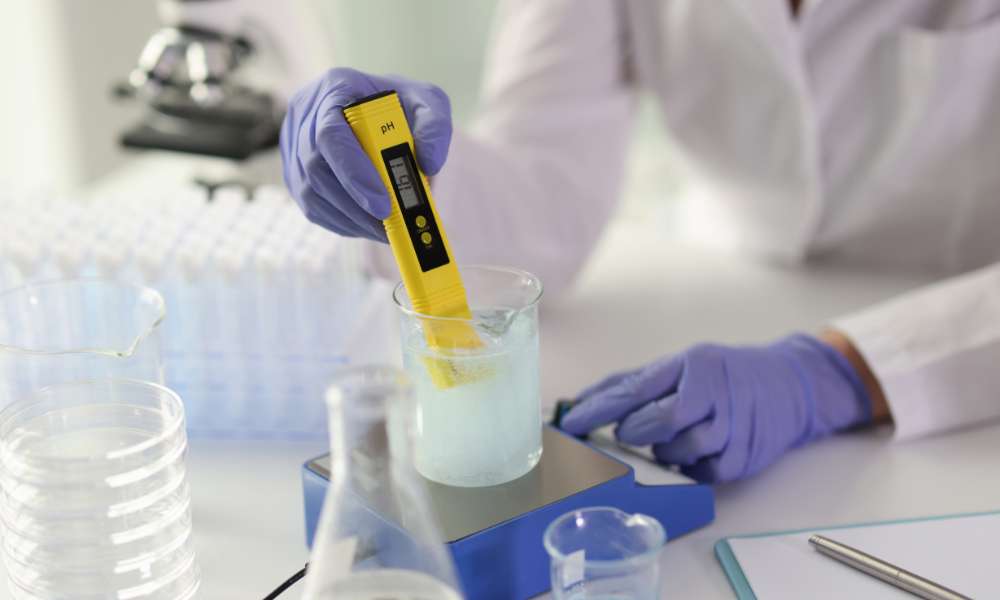When it comes to cleaning glassware, especially in scientific laboratories, precision and effectiveness are paramount. Among the various cleaning agents available, acetone emerges as a popular choice. But why exactly should one use acetone to clean glassware? Let’s dive into the reasons that make acetone an excellent cleaning agent for glassware, ensuring that your glass items are not only spotless but also free from any residue that could affect subsequent uses.
What is Acetone?

Acetone, often recognized by its sharp, distinct scent, is a colorless, highly volatile liquid that serves as an important solvent in both household and industrial settings. This compound, which naturally occurs in both plants and animals, is renowned for its effectiveness in removing nail polish and as a heavy-duty degreaser. In industrial applications, Dimethyl ketone is indispensable for manufacturing Glassware and other synthetic materials. It evaporates quickly, making it an excellent choice for quick-drying solutions, yet it’s also notable for its ability to dissolve a wide range of substances, from organic compounds to some Glassware. Despite its potent properties, acetone is generally considered safe for a variety of uses, provided it is handled with proper care to avoid prolonged exposure.
Evaporates Quickly
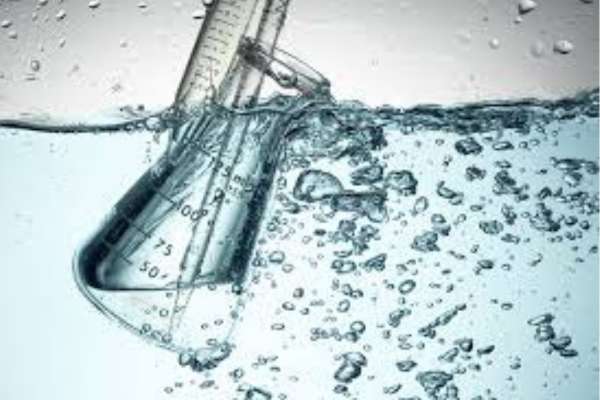
One of the primary benefits of using acetone to clean glassware is its high volatility. Acetone evaporates much faster than water and other solvents. This rapid evaporation helps in leaving behind no streaks or water spots, which are often a concern with other cleaning agents. The quick-drying nature of Dimethyl ketone ensures that the glassware is ready for use almost immediately after cleaning, which is particularly beneficial in fast-paced environments where time is of the essence.
Effective Degreaser

Acetone is an extremely effective degreaser. It can easily dissolve organic compounds that are otherwise difficult to remove, such as oils, waxes, and adhesives. For laboratory glassware that often comes into contact with organic chemicals, acetone is invaluable. It ensures that all oily residues are completely removed, leaving the glassware impeccably clean and preventing any potential contamination in experimental results.
Exceptional Cleaning Power

Acetone is a potent solvent that easily breaks down organic materials. This makes it particularly effective in removing grease, oils, and stubborn residues from glass surfaces. Whether you’re dealing with lipstick stains on a drinking glass or adhesive residue from labels on newly purchased items, Dimethyl ketone tackles these challenges effortlessly. Its strong dissolving capabilities ensure that even the most stubborn residues vanish, leaving your glassware looking new.
Cost-Effective

Acetone is not only effective but also cost-efficient. It is generally less expensive than other specialized glassware cleaners, making it a budget-friendly option for both educational institutions and professional labs. Furthermore, its effectiveness means that a little goes a long way, adding to the cost benefits.
Speed and Efficiency
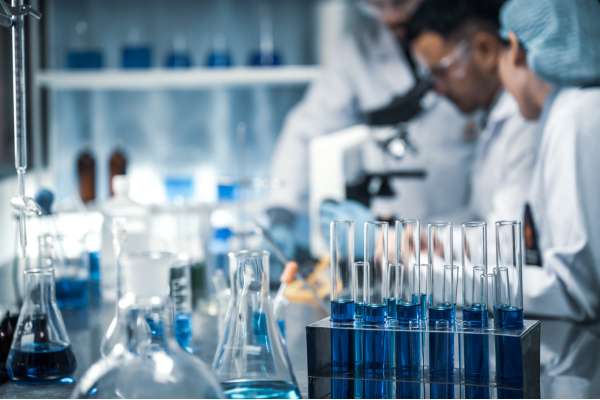
One of the standout benefits of using acetone to clean glassware is its exceptionally fast evaporation rate. Unlike water-based cleaners that tend to leave streaks or water spots, acetone clears up without leaving any residue. This feature not only ensures the glassware remains spotless but also cuts down significantly on the drying time. As a result, laboratory glassware is ready for reuse much sooner, boosting both efficiency and productivity in lab operations.
Safety Measures
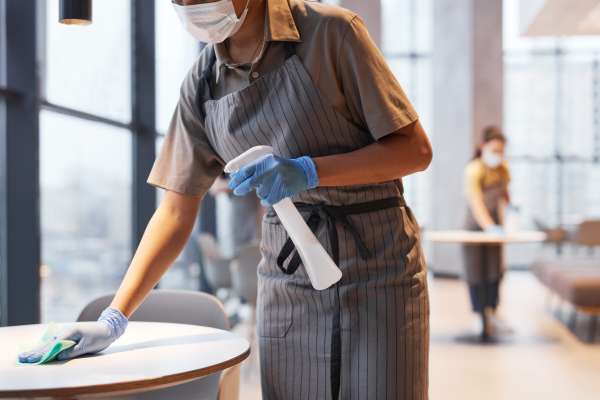
Despite its many benefits, acetone is a powerful solvent that must be handled with care. It is highly flammable, and its vapors can be harmful if inhaled in large quantities. Therefore, it is imperative to use Dimethylketal in a well-ventilated area and to adhere to all relevant safety guidelines. Wearing gloves and protective eyewear is recommended to avoid skin and eye contact.
Environmental and Health Considerations
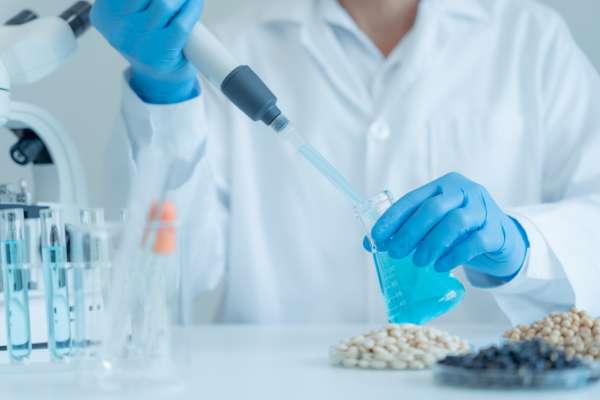
Acetone serves as an effective solvent but carries significant environmental and health risks. As a volatile organic compound (VOC), acetone contributes to atmospheric pollution. Proper disposal is crucial to avoid environmental contamination. Additionally, users must recognize the health hazards linked to prolonged exposure to methyl ketone vapors, which can be serious. Therefore, handling acetone requires careful management to mitigate its impact on both the environment and human health.
Easy Accessibility

Acetone offers another notable benefit its wide availability. You can easily obtain it from most chemical suppliers and hardware stores, making it a convenient choice for cleaning glassware. Its prevalent use across various industries ensures that acetone is available in multiple grades. such as technical grades and laboratory grades, which are tailored to meet specific needs and budgets.
Versatility
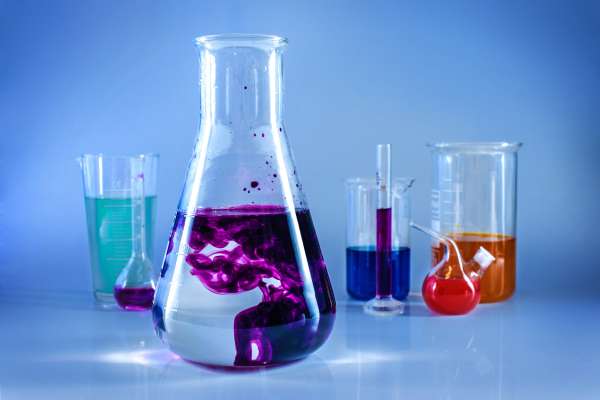
Acetone isn’t just for cleaning glassware in the lab—it tackles metals and ceramics too. Its versatility shines as it sweeps through various surfaces, part of experimental setups, streamlining processes by reducing the clutter of numerous cleaning agents. Acetone proves itself as an essential, multifunctional tool in any laboratory setting, ensuring efficiency and simplicity in maintenance tasks.
The Effectiveness of Acetone in Removing Residues
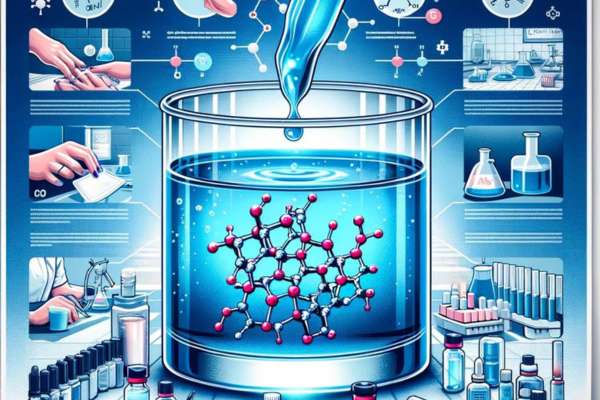
Acetone stands out as a remarkably potent solvent, excelling at dissolving stubborn residues like adhesives and varnishes from diverse surfaces. Its chemical structure facilitates the rapid breakdown of these substances, streamlining the cleanup process. When applied, acetone, also known as Methyl ketone, seeps into the sticky layers, loosening their adherence to surfaces. This property enables you to effortlessly wipe them off, rendering acetone an essential asset for both household and industrial cleaning tasks. However, its powerful effects necessitate caution—always use acetone in a well-ventilated space and don protective gloves to safeguard your skin and respiratory health.
Safety Precautions When Using Acetone

When handling acetone, always prioritize safety. Work in a well-ventilated area to prevent inhaling the strong fumes. Protect your skin and eyes by wearing safety goggles and gloves, as exposure can cause irritation or injury. Make sure to keep containers tightly sealed and store them away from any heat sources, since acetone is highly flammable. In the event of spills, act quickly: use absorbent materials to clean up and dispose of the waste safely. By following these safety protocols, you can safely use acetone in your projects without compromising your health or safety.
Conclusion
Using acetone to clean glassware offers numerous advantages, from its quick-drying nature and effectiveness as a degreaser to its residue-free finish and cost-efficiency. Whether in an academic setting or a professional laboratory, acetone provides a reliable and efficient solution to maintaining the cleanliness and functionality of glassware. However, it’s important to handle it with care, using appropriate safety measures such as working in a well-ventilated area and wearing gloves, as Methyl ketone is a powerful solvent and can be harsh on the skin. By respecting its handling guidelines, Ketone propane can be an excellent tool for maintaining pristine glassware in any setting.
